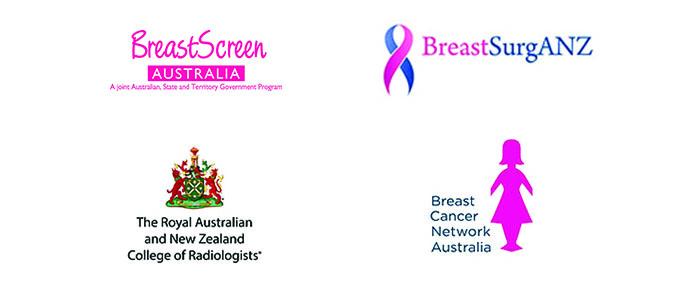The purpose of this Position Statement is to provide guidance on the use of fine needle aspiration (FNA)1 and core biopsy for the assessment of abnormalities identified through population screening for breast cancer. The Position Statement will establish national BreastScreen Australia policy on breast biopsy and support best practice care in the BreastScreen Australia program.
Best practice care for women with screen-detected lesions identified through the BreastScreen Australia program is dependent on accurate and comprehensive needle biopsy information, so that women and their health professionals can make informed decisions about their treatment with minimal need for further investigations.
The intended audience of this Position Statement is health professionals within the BreastScreen Australia program. Accordingly, the language and terminology used in this Position Statement is based on the BreastScreen Australia data dictionary2 (https://www.aihw.gov.au/reports/cancer-screening/breastscreen-australia-data-dictionary-version-1/contents/table-of-contents).
This Position Statement is based on:
- a review of high-level clinical evidence3 relating to the use of FNA and core biopsy in the context of mammographically-detected breast abnormalities;
- a review of national and international guidelines on the use of FNA and core biopsy for mammographically-detected breast abnormalities in breast cancer screening;
- an analysis of National Accreditation Standard (NAS) data from the BreastScreen Australia program (2004-2015); and
- the clinical expertise of a multidisciplinary, Expert Advisory Group established by Cancer Australia to provide input into the development of the Position Statement, including representatives from medical colleges, and peak bodies and organisations including consumers.
This Position Statement sets out evidence-based recommendations (EBRs) and consensus-based recommendations (CBRs) regarding the use of FNA and core biopsy in the BreastScreen Australia program.
This Position Statement is not intended to provide guidance on the use of biopsy techniques outside of the BreastScreen Australia program and applies only to the assessment of screen-detected abnormalities.
For guidance on the investigation of new breast symptoms please refer to Cancer Australia’s Investigation of a new breast symptom – a guide for general practitioners. This guide indicates steps to be taken in investigating symptoms that could be breast cancer, and provides information about the triple test approach to diagnosis.

References
1 Fine needle aspiration and core biopsy may be referred to in a number of ways or abbreviations. These include fine needle aspiration (FNA), fine needle aspiration cytology (FNAC), fine needle aspiration biopsy (FNAB), core biopsy (CB), core needle biopsy (CNB), vacuum-assisted core biopsy (VACB) or vacuum-assisted core needle biopsy (VACNB) or mechanical biopsy. As the language and terminology used in this Position Statement is consistent with that used in the BreastScreen data dictionary, fine needle aspiration will be referred to as FNA and core biopsy will be referred to as core biopsy
2 Australian Institute of Health and Welfare 2015. BreastScreen Australia data dictionary: version 1.1. Cancer series no. 92. Cat. no. CAN 90. Canberra: AIHW.
3 Search period for evidence review: 01 January 2000 – 31 July 2018.

